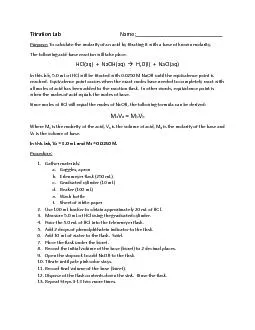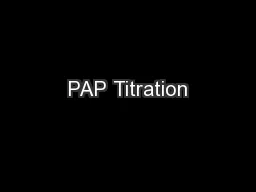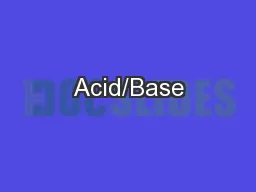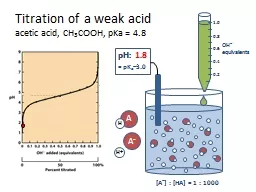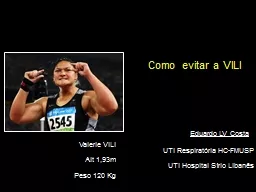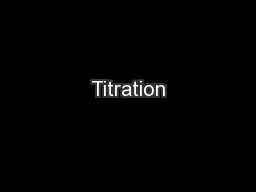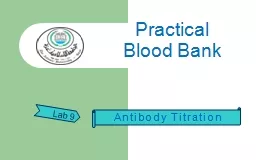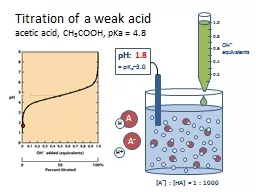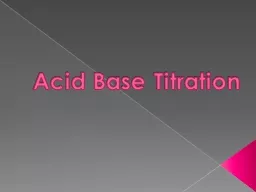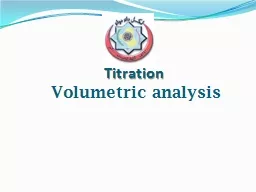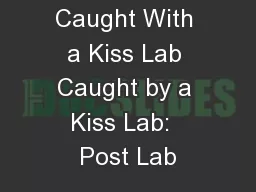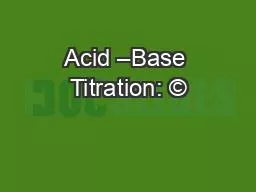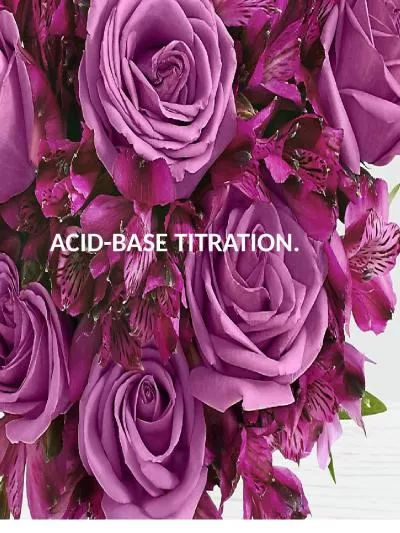PDF-Titration Lab
Author : belinda | Published Date : 2020-11-24
Name Purpose To calculate the molarity of an acid by titrating it with a base of known molarity The following acid base reaction will take place HClaq NaOHaq
Presentation Embed Code
Download Presentation
Download Presentation The PPT/PDF document "Titration Lab" is the property of its rightful owner. Permission is granted to download and print the materials on this website for personal, non-commercial use only, and to display it on your personal computer provided you do not modify the materials and that you retain all copyright notices contained in the materials. By downloading content from our website, you accept the terms of this agreement.
Titration Lab: Transcript
Download Rules Of Document
"Titration Lab"The content belongs to its owner. You may download and print it for personal use, without modification, and keep all copyright notices. By downloading, you agree to these terms.
Related Documents

